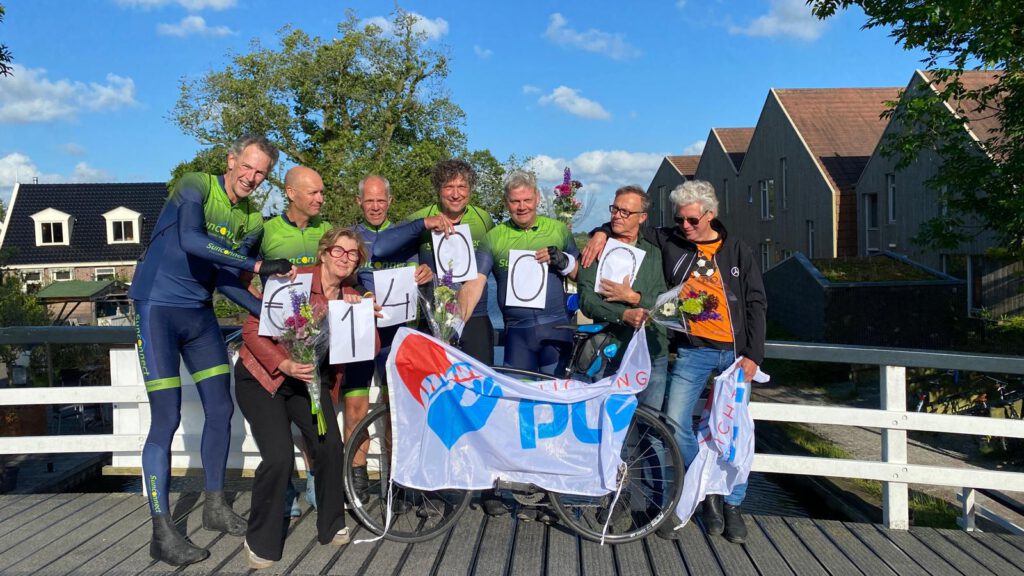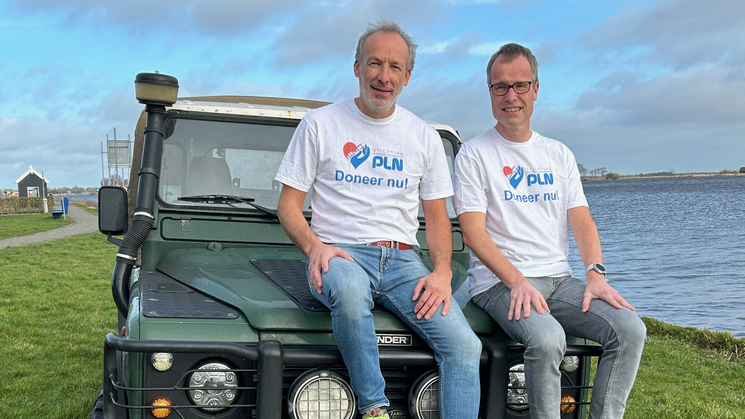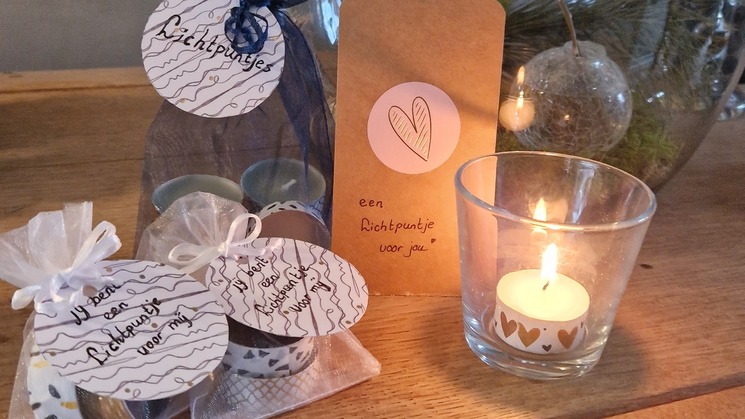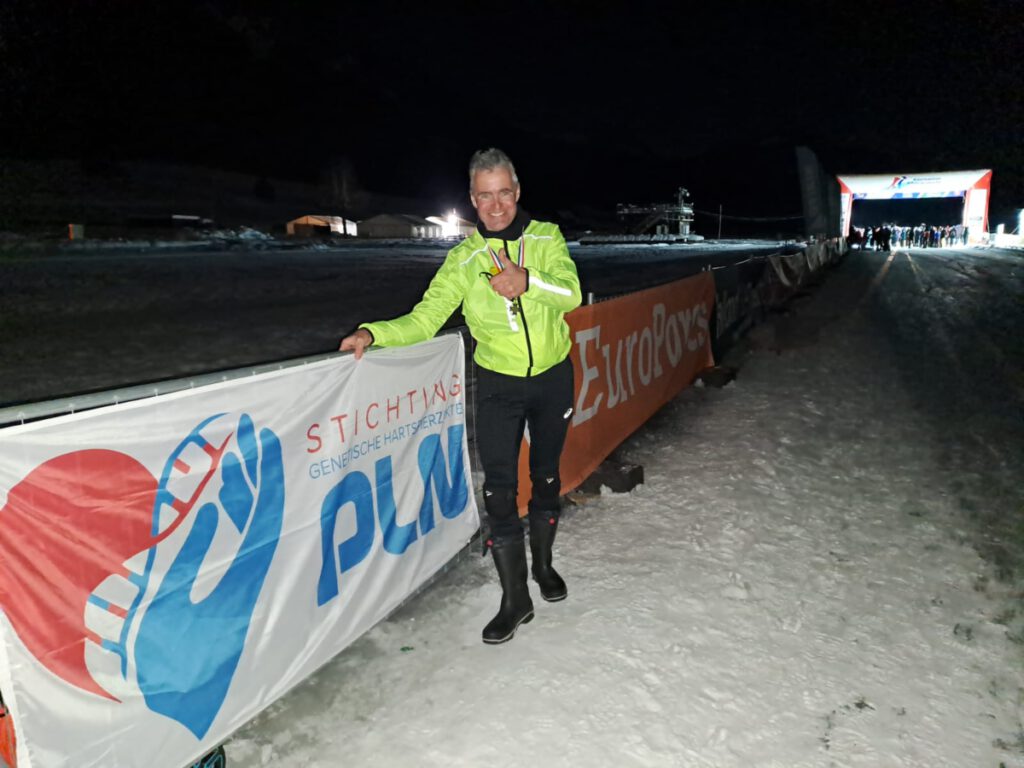Extremely high prices, exclusive rights to a drug and promoting drugs to doctors. ‘Big Pharma,’ as the collective name for the big companies in the pharmaceutical industry, gets a lot of criticism. Yet they play an essential and crucial role in the development of a drug, therapy or treatment. In this article, we discuss exactly what that role looks like.
Before we dive into depth, it is good to explain exactly what Big Pharma is. It is an umbrella term for large pharmaceutical companies. There are numerous innovative biotech/pharmaceutical start-ups that do not fall under Big Pharma. A common misconception is that Big Pharma is about the entire pharmaceutical industry, but it is therefore only about the largest companies within the pharmaceutical industry.
These companies specialize in the development, production and sale of drugs and other medical products. The activities of a pharmaceutical company are complicated because there are so many different stages involved in the development of a drug.
A lot of scientific research is needed for a drug or other medical products. We previously wrote an extensive article about this for our website. Many people think that a pharmaceutical company is only responsible for making a drug, but in fact they are involved in the complete life cycle of a drug. In addition to research, a pharmaceutical company is also responsible for the marketing and distribution of such a drug or treatment. With marketing, the idea is that you “market” the drug. With this, you make doctors and patients familiar with the drug so that they prescribe and use it.
With the distribution of a drug, you make sure the drug gets to the right place. So that means a pharmaceutical company makes sure that a drug is transported from the company to (in most cases) the pharmacy so that you can pick it up later. The term Big Pharma was coined to give pharmaceutical companies and the industry a collective name and to emphasize their power and influence with a short term.
What does a pharmaceutical company do?
Unfortunately, we cannot tell you everything about how the foundation and pharmaceutical companies work together because much of the information is confidential. However, we can tell you more about what role the pharmaceutical industry plays and what kind of tasks are involved. We are going to talk about different categories:
- Research and development
- Clinical trials
- Regulation approval
- Production and economies of scale
- Marketing and sales
- Post-marketing surveillance and research
- Finance and operations
1. Research and development

Text continues below photo.
In English, this first phase of activities is also called Research Development. It is frequently said about the pharmaceutical industry that they make unfair profits. You can certainly say something about the profits they make, but they also put unprecedented amounts of money into scientific research. This is because they invest in researching new molecules or compounds that can serve as the basis for a new drug. This process often begins with mapping a specific disease process or biological target, such as an enzyme or receptor, involved in a particular disease.
After this initial action, the molecules discovered are examined. This is then tested on animal models to discover the safety, efficacy and possible side effects of such a molecule. We call this phase pre-clinical research. Is a molecule promising? Then it moves on to the next phase.
2. Clinical trials

Text continues below photo.
There is a pharmaceutical that is going to start a clinical trial for a potential treatment for PLN-R14del. We’ll explain about this clinical trial later in this article, but first we’ll tell you exactly what a clinical trial means:
- Phase 1: in a small group of healthy volunteers or patients, safety and appropriate dosing are being assessed. When developing a treatment for PLN, this phase is likely to involve patients who are already at an advanced stage of the disease.
- Phase 2: The drug will be tested on a larger group of patients to better understand its effectiveness and side effects.
- Phase 3: Large-scale clinical trials are conducted on hundreds to thousands of patients. This is the final phase of testing before a drug is submitted for approval. It looks at efficacy and safety compared to existing treatments or placebos. Because PLN is a rare disease, this phase is also applied to small groups.
3. Regulation and approval

Text continues below photo.
A pharmaceutical company submits an application to various agencies after the clinical trial. In the United States this is FDA and in Europe this is EMA. In the application, the pharmaceutical describes data on the clinical trials, safety, manufacturing processes and proposed labeling of the drug.
Regulatory authorities review the pharmaceutical’s application. If the agency thinks more information is needed, for example, it may request additional studies. Once an application meets the standard, the drug is approved for use and sale. The main requirement here is that the drug really adds something to existing drugs. This means that the drug must work well and not have too many side effects.
4. Production and economies of scale

Text continues below photo.
After approval, a drug is produced on a large scale. This, of course, includes quality control so that there is assurance that the drug is made consistently and safely. After production and control, the drug is shipped to hospitals, pharmacies and other healthcare providers around the world. The transportation process (logistics) is done carefully, because medicines are stored under special conditions. In this way, the medicine remains effective and safe.
5. Marketing and sales

Text continues below photo.
In addition to shipping the drug, a pharmaceutical company is also responsible for marketing a drug. The pharmaceutical company promotes the drug to doctors, specialists and other healthcare professionals. This is done in various ways, such as attending medical conferences. In some countries, the pharmaceutical company may even advertise directly to consumers through television and the Internet.
6. Post-marketing surveillance and research

Text continues below photo.
Pharmaceutical companies continue to monitor a drug’s side effects. They call this post-marketing surveillance. This helps identify any rare or long-term side effects. These are less likely to be noticed during a clinical trial. In this way, side effects are spotted more quickly.
Further research may be done at this stage to discover new uses for existing drugs or to improve the drug.
7. Finance and operations

Text continues below photo.
A major criticism of the pharmaceutical industry is that their patents give them an exclusive right to a particular drug. This prevents other providers from making a similar drug for a lower price, for example. A patent is an exclusive right granted by the government, for a certain period of time. In the pharmaceutical world, these periods are often quite long, think 20 years.
Thus, with a patent on a drug, for example, you can be the only pharmacist allowed to make, use, sell and import a particular drug without permission. The condition is then that the invention, in the case of this article a drug, is made public. That way, once the patent expires, others can freely use it. In the meantime, the holder of the patent (in this case, the pharmaceutical company) can also grant licenses, allowing others to make a similar drug for a fee.
It is certainly a valid criticism that some drugs are far too expensive and that the patents of pharmaceutical companies contribute negatively to this. Nevertheless, the situation is not black and white: the patents and the profits from them recoup the investments in the first phase (research and development). In addition, the profits are used to conduct new research. A lot of research is also financed that ultimately does not result in a drug being allowed on the market, so in this way the pharmaceutical company is somewhat insured against risks.
Within the business management component, collaboration with universities, research institutions and other companies is also included. It is also common for a pharma company to merge with another company or take over the company entirely, providing access to new technologies, markets or products.
What about social responsibility?
For example, some companies have programs to develop drugs at a lower cost. Thus, the drugs can be offered to people in developing countries or low-income patients.
Pharmaceutical companies must also comply with regulations on safety, environmental protection and sustainability. Thus, it is important for a pharmaceutical company to proceed carefully.
How does a pharmaceutical company work?
A pharmaceutical company’s goal is to market a new therapy that cures patients or improves their quality of life. So the basis is a new drug. A new drug can be discovered within a company or at a university. In the latter case, a company is usually formed to further develop the drug. In the small and medium-sized companies thus created, the most important medical breakthroughs are often found. Often, however, a company of such size cannot raise the money to fund clinical trials. After all, a phase 3 study costs hundreds of millions of euros (!). Therefore, smaller companies often cooperate with big pharma or are taken over altogether.
In recent years, the pharmaceutical industry has taken great interest in rare diseases such as PLN-R14del, also known in jargon as “orphan diseases. There are a number of reasons for this. Orphan diseases are often genetic diseases and thus interesting targets to develop a gene therapy. In addition, with an orphan disease you cannot go through the process as you can for a new drug for heart failure or breast cancer, for example.
In fact, there are too few patients for it and there are often few existing medications, making the need high. Therefore, there are separate programs to ensure the safety and efficacy of drugs for these patients. In these programs, the different phases of research overlap and fewer patients are needed so they cost significantly less money. This makes it interesting for the pharmaceutical industry to focus on them. Hence, several companies are working to develop a therapy against PLN R14del.
How are pharmaceutical companies involved in developing a safe and affordable treatment for PLN-R14del?
For the treatment of the PLN mutation (PLN-R14del), the pharmaceutical industry is of course affiliated. As a foundation, we work mostly with smaller pharmaceutical companies, but also with some large companies. One of those collaborations focuses on I-1c. I-1c is a protein that binds to PLN. A modified I-1c protein that is always active is now being tested as a drug in a phase 2 clinical trial for heart failure.
The phase 1 safety study was positive. To monitor long-term safety and efficacy in this small group of patients, the phase 1 is being continued. American PLN patients can now participate in this study. In addition to this clinical trial, laboratory studies are also taking place with I-1c. By working together with the pharmaceutical industry, the foundation is trying to keep a finger on the pulse. This also allows the foundation to try to keep the price low later on. The fact is that even as a foundation we are dependent on the industry. It is simply far too expensive and complex to set up clinical trials ourselves.
As we described earlier, the pharmaceutical industry also consists of other companies, such as smaller biotech and pharmaceutical start-ups. In the pharmaceutical industry, it is quite common for these types of smaller companies to eventually be bought by the larger companies in order to get a treatment to the patient. PLN Foundation is working with the smaller biotech company AskBio, which has been acquired by a larger company Bayer. This shows that we as a foundation cannot do without support and investment from Big Pharma, to bring a drug to the patient.
Prejudices about the pharmaceutical industry
The collective name Big Pharma may not have very positive associations for you. Interestingly, the name of Big Pharma is regularly used to name the power and influence of the pharmaceutical industry. It is also true: the pharmaceutical industry makes a lot of profits and can certainly develop drugs more cheaply making them more accessible to people.
Yet, as we have written before, it is not entirely black and white. Thanks to the pharmaceutical industry, many drugs, therapies and treatments have been developed that have saved human lives. So there is clearly a big nuance, in the criticism of Big Pharma (or the pharmaceutical industry).
justified criticism: high prices

Text continues below photo.
- There are certainly enormously high prices of medicines. Consider drugs for cancer and drugs for rare diseases. These are often beyond the reach of many patients. This is also recognized by policymakers and consumer groups. So something certainly may be done here. Because of the high prices, reimbursement by health insurance companies is not always possible. As a result, patients may not be able to pay for their treatment. Does the health insurer reimburse? Then it costs taxpayers a lot of money.
- Through the management of patents, some pharmaceutical companies have the opportunity to significantly dominate the market and gain a monopoly position. Within pharmaceutical companies, there are a number of large providers who control most of the market. In addition, they engage in “evergreening. This is when companies make a minor modification to an existing drug and reapply for a patent. This stops the introduction of cheaper drugs.
JUSTIFIED CRITICISM: MARKETING

Text continues below photo.
- The pharmaceutical industry does marketing. In principle, there is nothing wrong with this. However, documentation shows that pharmaceutical companies go to great lengths to make a drug known to doctors. They do this with financial incentives such as gifts or simply money. This can lead to a different prescription behavior of medication by doctors. Fortunately, in the Netherlands there is a lot of attention and regulation for this, which means that luxury congress trips, for example, are a thing of the past. For example, pharmaceutical companies in the Netherlands are prohibited from marketing directly to consumers. In America, however, this does happen.
- Sometimes a pharmaceutical company makes a misleading claim: either a claim that is not entirely accurate about the drug or even fails to adequately name certain side effects.
These are points of realistic criticism of how pharmaceutical companies operate. This is why we believe it is important not only to go for safe treatment, but also for effective and affordable treatment. Only a combination of these three elements is good enough for us as the PLN Foundation. Therefore, we are working closely with universities and the pharmaceutical industry so that a safe and affordable treatment is finally in sight to eradicate this rotten disease from the world once and for all. Together strong against PLN!
We can use all the help we can get
We are not there yet. The process of developing a safe and effective treatment is time-consuming and also costs millions in finances. Therefore, we could really use your help. With every donation you make, we get another step closer to affordable treatment for PLN. This is important for carriers, but also for our healthcare system in the Netherlands.
Did you know that – it is estimated – 1 in 4 heart transplants each year is for a PLN patient? This means that as many as 25% of heart transplants are for a PLN carrier. With this, there is a great strain on our healthcare system because of this disease. Treatment helps reduce this pressure.








Text continues below photo.
PLN Foundation stimulates and funds scientific research. This enables us to find a treatment more quickly. All of the foundation’s costs are covered by separate sponsors, so that none of your donation goes to research. Take action for PLN or donate easily and securely through our website now, bringing us one step closer to a cure for PLN every minute.

